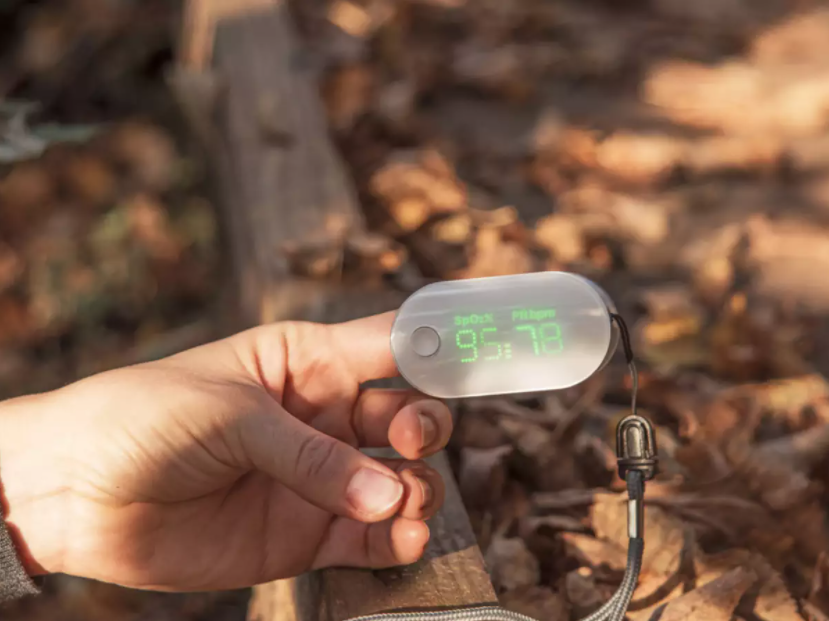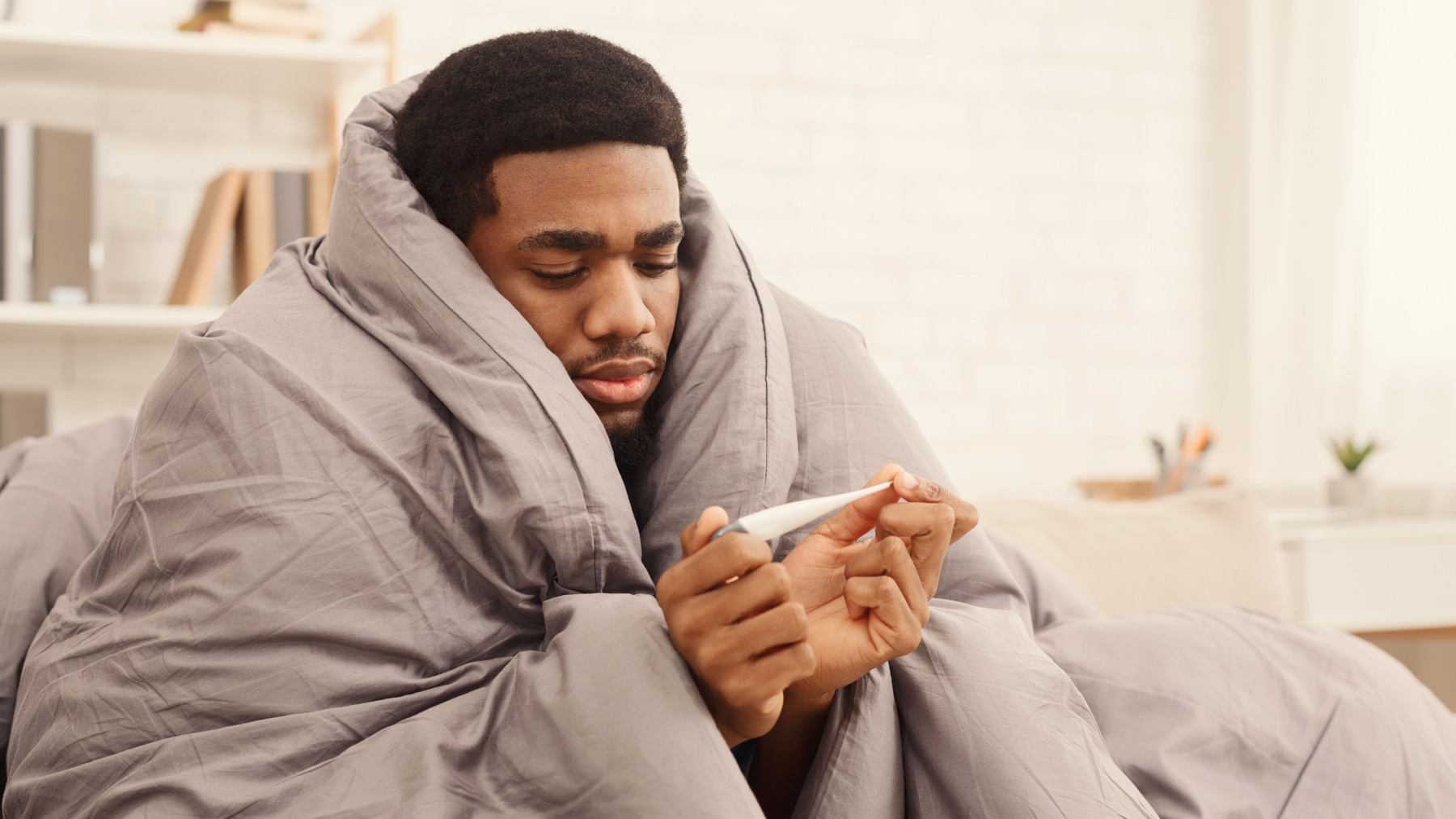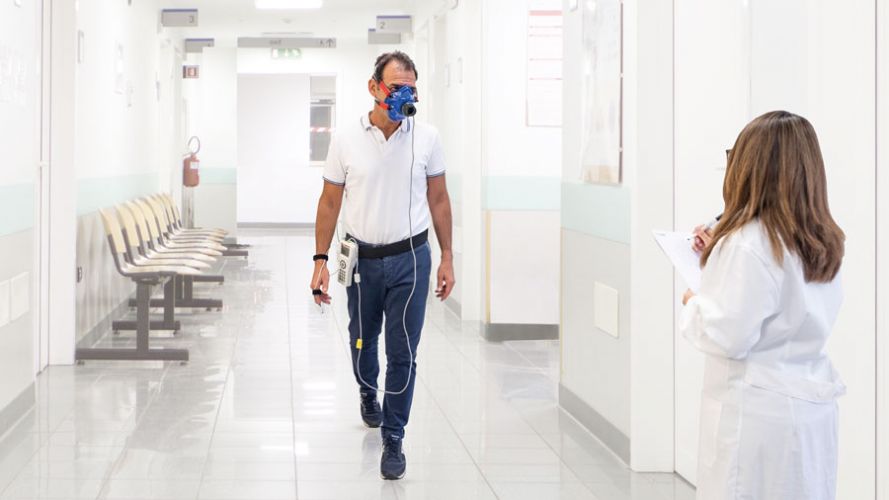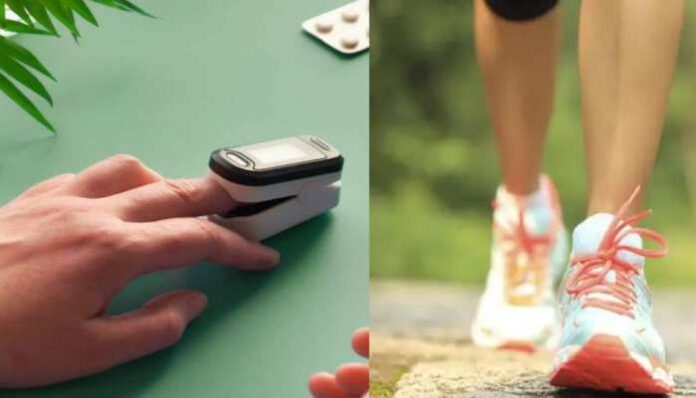With COVID-19 wreaking havoc, we must all be equipped to defend ourselves against the virus. One of the ways is to be prepared for its symptoms, which is shortness of breath and low oxygen levels. Recently, it has been found that the 6-minute walking test is an effective indicator of whether someone is in critical condition to head to the hospital.
What is the 6-minute walking test?

The 6-minute walking test measures the health of lungs and heart are function. It is the recommended testing method for COVID-19 patients with mild symptoms who are treated at home.
During the 6 minutes test, you will be doing multiple laps of comfortable walking pace within your home. The test can be monitored by a family member using a finger Pulse oximeter and does not need the support of any paramedical personal.
What is the test meant for?

The test is meant for checking oxygen levels and heart rate to decide whether to admit the patient to the hospital or not based on the oxygen levels. When it drops to critical levels, it is advisable to take the patient to the hospital for care.
This test enables you to have a better understanding of the levels of oxygen intake, whether it is in normal condition or decreasing. Not only that, the 6-minute walk test will also help them monitor heart rate and blood oxygen level, which fluctuates upon doing any physical activity.
Who should take the test?

Those who should take the test are people who have fever, cough and cold or other symptoms of Coronavirus infection. If someone is under home isolation, they should try it out as well.
Tips to perform the 6-minute test
– Wear clothes and shoes that are light and comfortable
– You can use your walking aid like a cane, stick or a walker
– Have a light meal before performing the test
– Take your usual medicines
– Do not exercise within two hours of testing
How to take the test

Use the oximeter on your index finger or middle finger, then walk for 6 minutes without taking a pause on an even surface. Afterwards, check your oxygen saturation levels. Within six minutes, you will be able to decide on the health of the individual if the oxygen levels goes down or remains the same.
Who should take the test?
Doctors suggest that patients isolating at home need to keep a check on their oxygen levels. This is because that even people with even low oxygen levels sometimes don’t experience any discomfort. This condition is termed as happy hypoxia.
However, it’s also important to note that there is nothing to worry about if the oxygen levels dip by 1 per cent or 2 per cent. If this is the case, the person tested should do the exercise once or twice a day every 6 hours to keep an eye for their condition. If the oxygen levels go below 93 per cent or dip by more than 3 per cent and the person suffers from breathlessness, they should immediately seek medical help.
In the meantime, lying down on your belly can help with the discomfort. ‘Proning’ has known to be proven as an effective measure for treating those with acute respiratory disease.
Note: It is recommended that citizens above 60 years old can try out for this test, albeit by walking for three minutes instead of six.
Who should avoid taking the test?
People who suffer from asthma
People who are breathless even while sitting
Have you tried this test? Tell us what you think about this test and your experience with it in the comment section below….






